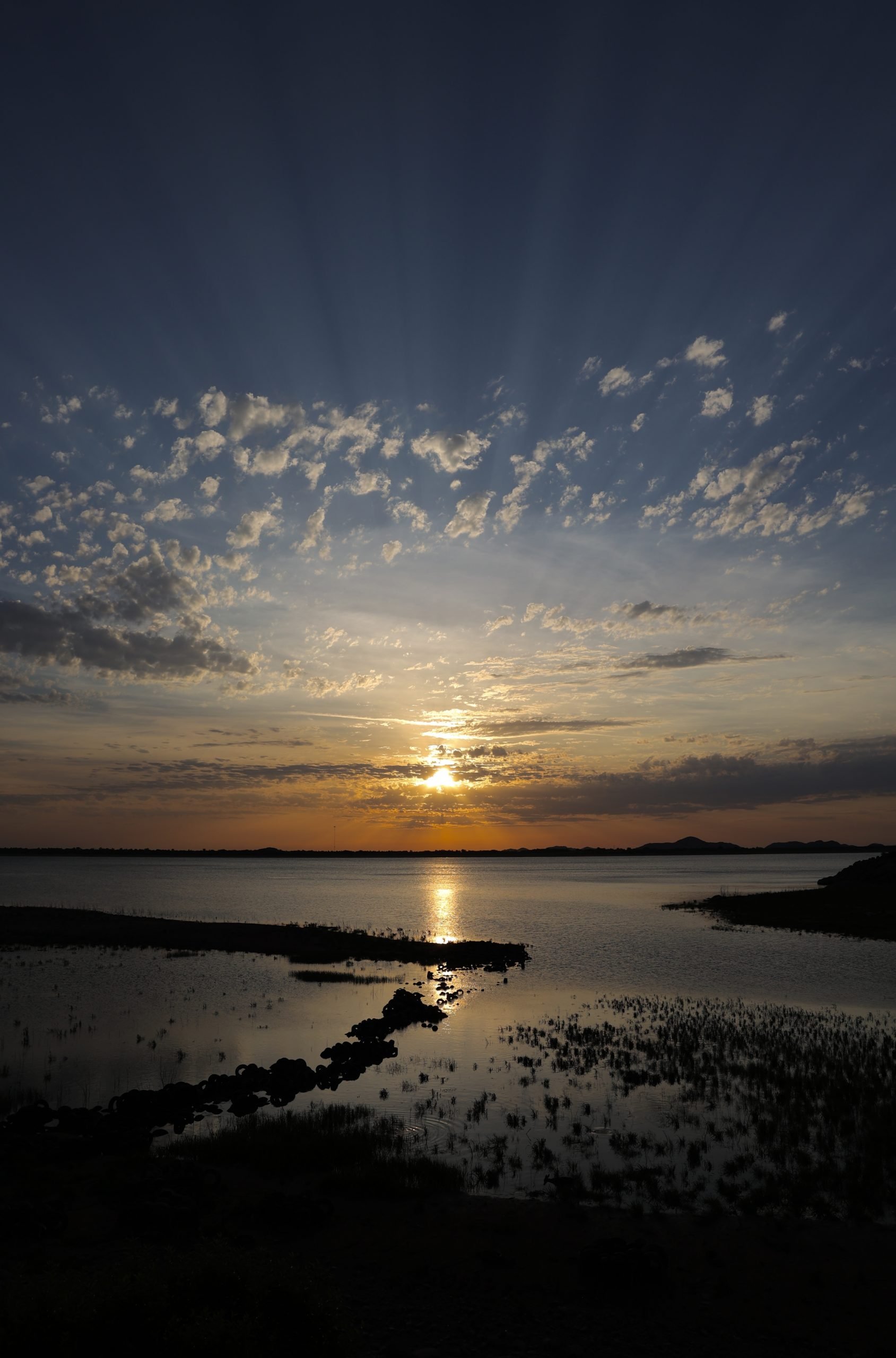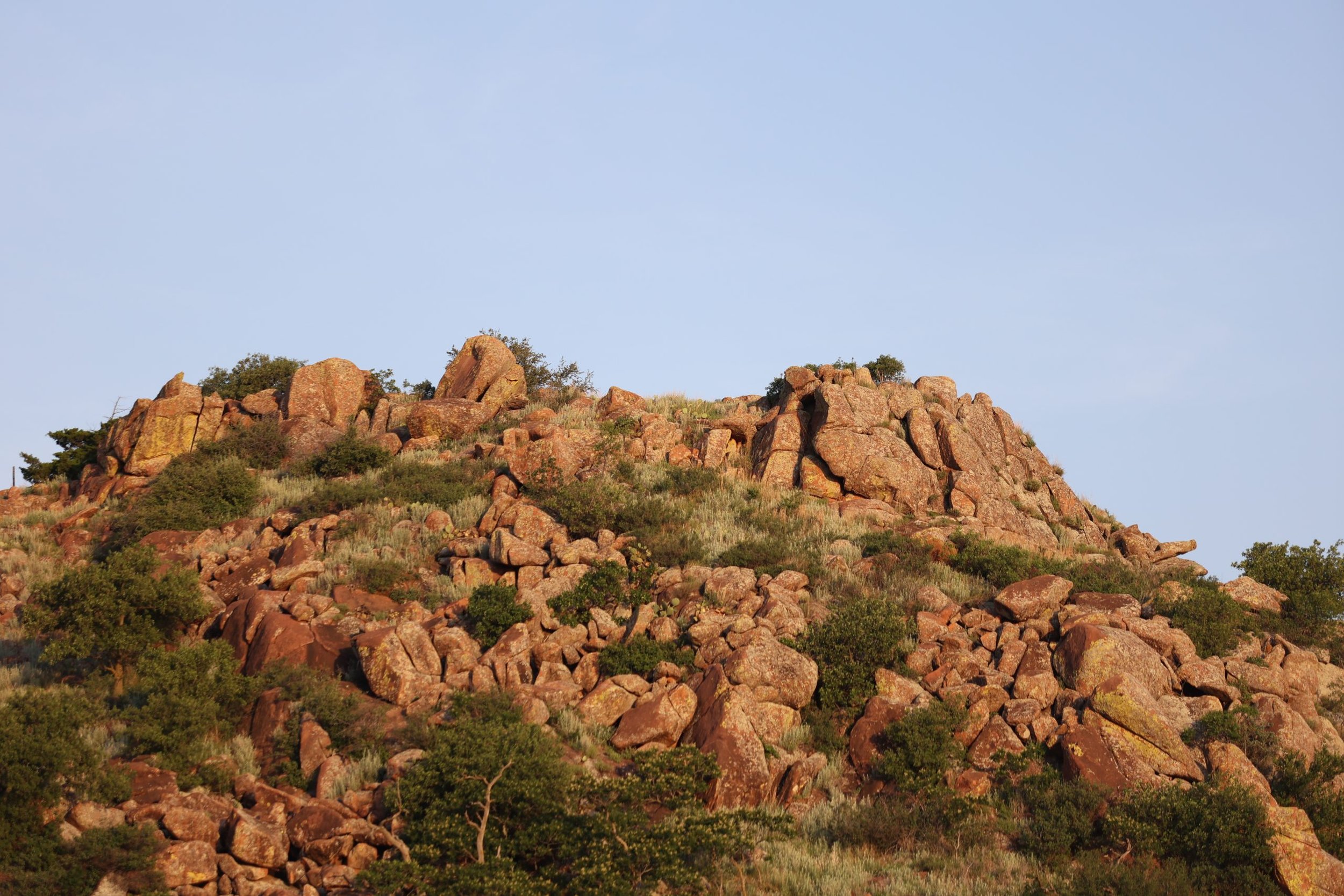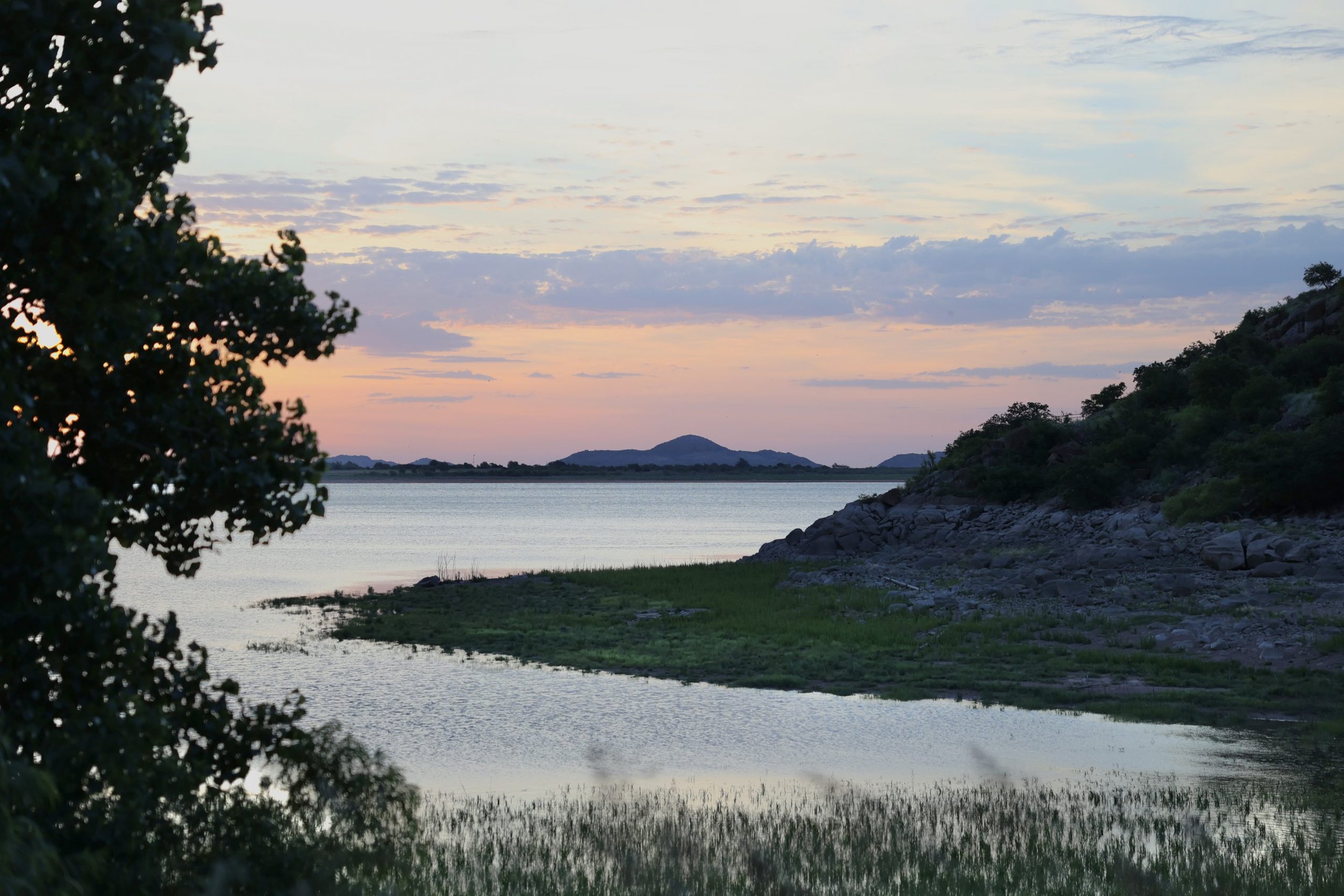"Art is What Makes Us Human": OSAI 2022
After a two-year detour due to the COVID-19 pandemic, the Oklahoma Summer Arts Institute is back on track.
OSAI, or Quartz, as many students call it, is an intensive two-week program which immerses students in the transformative power of the arts. Through a competitive application process involving auditions, interviews, and portfolio reviews, 256 applicants were selected to participate in the program this year. Acting, Chorus, Creative Writing, Dance, Drawing and Painting, Film and Video, Orchestra, and Photography make up the eight disciplines in which students can participate. From June 10th to June 25th, established professors, soloists, and artists instructed students and allowed them to reimagine their respective disciplines.
As an orchestra student who had attended OSAI the previous year off-site, my hopes were high when I found that it would finally return to Quartz Mountain State Park, its home since 1977. I was not disappointed, although my experience came with some challenges.
I found out very quickly that consistent practice before rehearsal is desirable. Sight reading half of my music on the first day was a nightmare, and I left the first rehearsal feeling hopeless. The group of pieces in question was Symphonic Led Zeppelin, English singer Jaz Coleman’s orchestral arrangement inspired by the 70’s rock band of the same name.
As the days went on, it felt as though I was climbing an immense mountain, with the peak just barely out of view. However, our conductor, Mrs. Liza Grossman, the Artistic Director of the Kaboom Collective program for young artists, gave us some words of wisdom which resonated with me during one rehearsal: “Don’t look at the mountain left to climb. Instead, look back at how far you’ve come.” Realizing that I had come from being nearly clueless to getting most of the notes right in the hardest passage, I got the push I needed to continue ascending the mountain. Through daily repetition, lessons with instructors, and practicing at 6:00 in the morning while trying not to wake the entire cabin up, I got to a point where I felt confident in my ability to lead. After two successful concerts, I knew my work had paid off. The journey up the mountain was torturous, but the feeling I got after reaching the peak was one hundred percent worth it.
However, tireless practice was not the only aspect of OSAI which had a lasting impact on me. During one of the nightly instructor presentations, a powerful quote stood out to me: “Art is what makes us human.” Reflecting back on all my experiences during the two weeks I stayed at Quartz Mountain, I found this quote to be astoundingly true.
Along the way, I made many lasting connections with students in orchestra, as well as in several other disciplines. In Mountainview, my assigned cabin, eating ramen and playing card games until 2 am almost every night brought me closer to many new people. Although the cabin was extremely cramped, I believe that the conditions became a common inconvenience, which we bonded together against. One of my favorite memories from OSAI was staying up until 5 am messing around in the community area of the cabin, sleeping for less than an hour, and waking up at 6 o’clock to go on a trail-less hike on the second to last day.
Working within a smaller ensemble group also allowed me to form bonds with other students. I was a member of a trio that performed “Terzetto Op.74” by Dvorak. Although our trio had several complications, such as not being able to find the rehearsal location and being stuck in another country due to COVID, we ended up having a successful performance. In this more personal environment, I learned new techniques from my instructor, Mr. Travis Maril, String Coordinator and Viola Faculty at San Diego State University, that I still utilize today. I also learned to work both musically and socially with the members of my ensemble group, which was an insightful experience.
Interestingly, I felt more at home during OSAI thanks to a number of Korean students who participated in the orchestra discipline. As a person from a city and state with a scarce Korean population, meeting another Korean is a significant event for me. At Quartz, I felt safe with the Korean students I met, one of whom even pushed me to connect more deeply with my culture. I made an amazing new friend who I can thank for guiding me in this direction.
On the topic of culture, a vocal performance by OSAI chorus director and Director of Choral Activities at the University of Arkansas Dr. Jeffery Allen Murdock was especially noteworthy. He began by singing “Swing Low, Sweet Chariot,” a slave hymn about the longing for freedom. He then began a speech about the first Africans who were transported to the New World as slaves in 1619. He gradually progressed to the modern day, juxtaposing vocal performances with statements about the time periods in which the songs were written. Some of the songs he performed included “Wade in the Water," by the American spiritual, “Strange Fruit,” by Billie Holiday, and “Superstition,” by Stevie Wonder. I was astounded by the way Dr. Murdock used song as a medium to explore how African American music was shaped by its environment. He showed me the power that art can hold in influencing our ways of thinking and bringing communities together.
The combination of rigorous practice, late night activities, ensemble rehearsals, and eye-opening presentations made Quartz a place of humanity and interconnection. I was put into other people’s shoes; forced to see things from their perspective by reimagining the way I viewed the world. I was given the opportunity to become friends with many young artists, who, although from different towns and backgrounds, were all united in the goal of creating art. Quartz goes beyond a simple summer camp. It compels you to learn, bond, and grow with all kinds of people.



